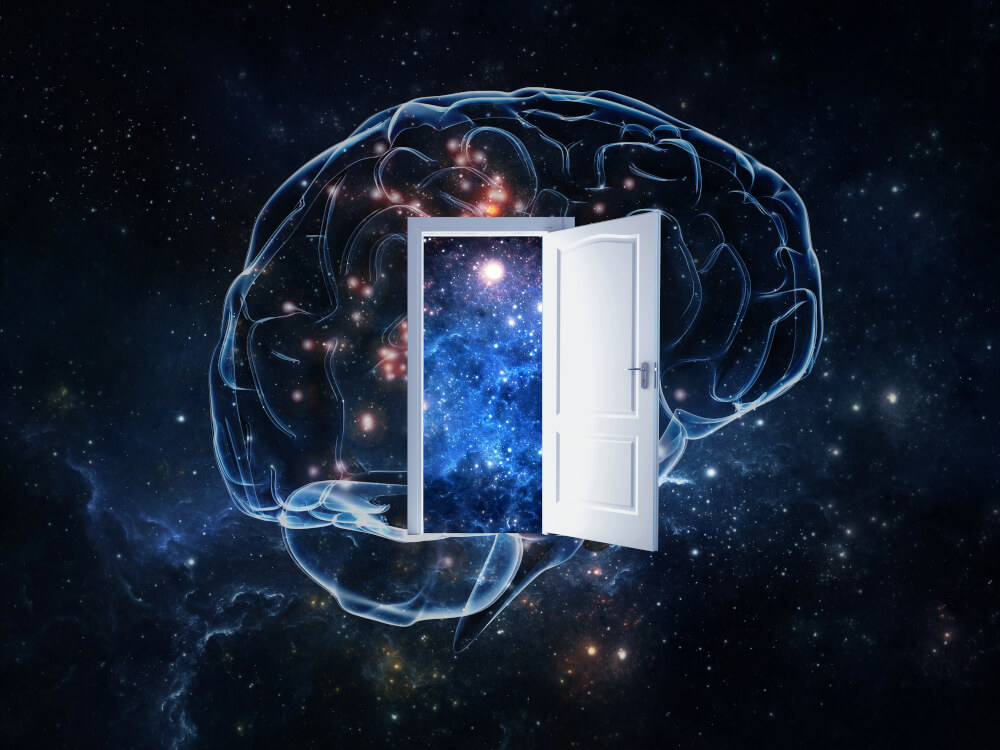Machine learning and deep learning are both subsets of artificial intelligence, but they differ in their capabilities, methodologies, and the types of problems they are typically used to solve. Here’s a clear breakdown of the main differences:
Machine Learning
- Definition: Machine learning is a field of AI that gives computers the ability to learn from and make decisions based on data, without being explicitly programmed for each decision. It involves various algorithms that interpret, classify, and predict data.
- Approach: Machine learning uses a variety of algorithms, including linear regression, decision trees, support vector machines (SVM), and random forests. These can be either supervised or unsupervised and are generally less complex than deep learning structures.
- Data Handling: Machine learning algorithms typically require structured, labeled data and can perform well with smaller datasets. They often need manual feature extraction and selection, which involves identifying parts of the data that are important for solving the problem.
- Applications: Common applications include spam detection in emails, credit scoring, fraud detection, and basic image recognition.
Deep Learning
- Definition: Deep learning is a subset of machine learning that uses neural networks with many layers (hence “deep”). These networks are inspired by the human brain and are designed to recognise patterns and characteristics in vast amounts of data.
- Approach: Deep learning models automatically extract and use features from the data, which eliminates the need for manual feature extraction. The more data fed into a deep learning model, the better it can perform, making it highly effective for complex problems.
- Data Handling: Deep learning algorithms require large amounts of data (often unstructured, such as images and text) and considerable computational power compared to traditional machine learning algorithms. They excel at automatically identifying features that are important for classification or prediction.
- Applications: Deep learning is used in more complex scenarios such as voice recognition, natural language processing, and advanced image recognition (including facial recognition and automatic image tagging).
Key Differences
- Complexity: Deep learning models are generally more complex, capable of creating their own features and learning from large sets of unstructured data. Machine learning models are simpler and require manual feature selection.
- Data Requirements: Machine learning can work with less data and less computational power, whereas deep learning requires substantial amounts of both to perform effectively.
- Feature Extraction: Machine learning requires human intervention to identify the most relevant features in the data. Deep learning automates this step with its ability to perform feature learning.
